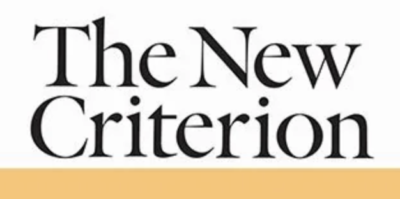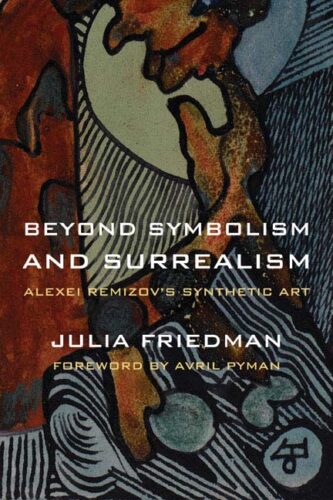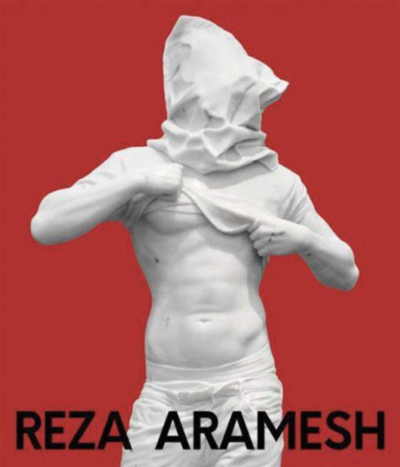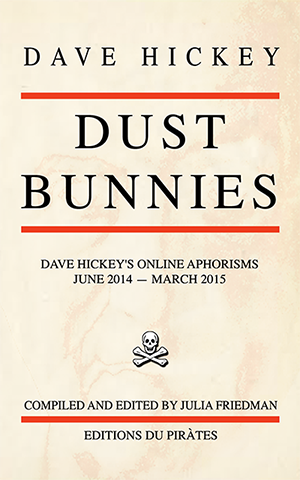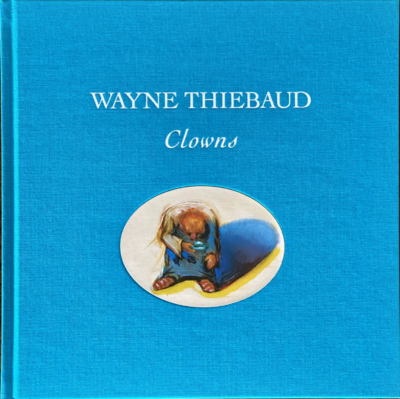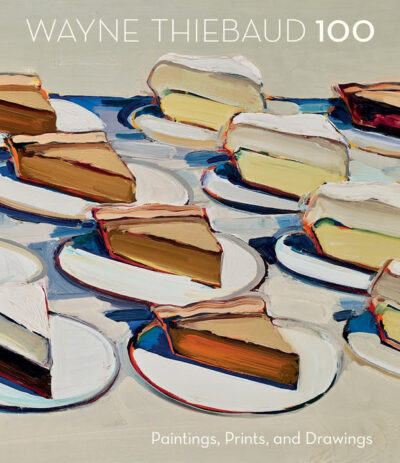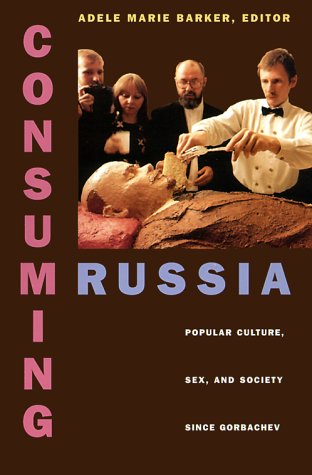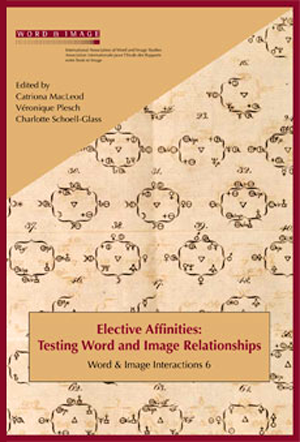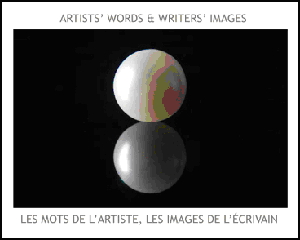Julia Friedman
Art History and Contemporary Art
Markus Schinwald, Ten in Love, 2006, 35mm film on DVD, 4’37“
The Tokyo Wonder Site in Shibuya is hosting an exhibition of (mostly) video and photo art by eight Austrian artists. The show examines how the country’s psychoanalytical heritage, that came to be seen as one of its biggest cultural imports, relates to the varying notions of “Metropolis.” The Vienna and Vancouver-based duo Bitter and Weber are represented by several digital collages where urban images are comprised of typographic symbols and letters. Their images feature an interplay of patterns that change depending on the viewer’s proximity and the level of visual concentration; same goes for Maria Hahnenkamp’s lush pigment prints. Architectural settings of Aglaia Konrad’s and Andrea Witzmann’s respective video and c-print contributions can alternate between functioning as main subjects or auxiliary elements. Dorit Margreiter’s Pavillion (2009), a 35 mm film, scrutinizes the intersection of architecture and gender, while Ursula Mayer’s Fallen Imperial video installation from 2003 focuses exclusively on gender—perhaps an inevitable nod to the discourse born of the investigations into the psyche of the sexes. I particularly liked Markus Schinwald’s room where the Ten in Love video (2006) provided a futuristic backdrop for the wistfully old-fashioned representations of obscurity in his 2007 wood and metal sculpture Legs (Untitled), and the 2010 pigment prints of Lukas, Magnus, Nicklaus and Gunter. The latter echo Max Klinger’s prefiguration of fetishism in his 1881 series Ein Handschuh (A Glove).
This project is a part of the Austria-Japan Friendship Year which rendered several other quality exhibitions. There is also a handsomely printed bilingual catalogue available for purchase.



